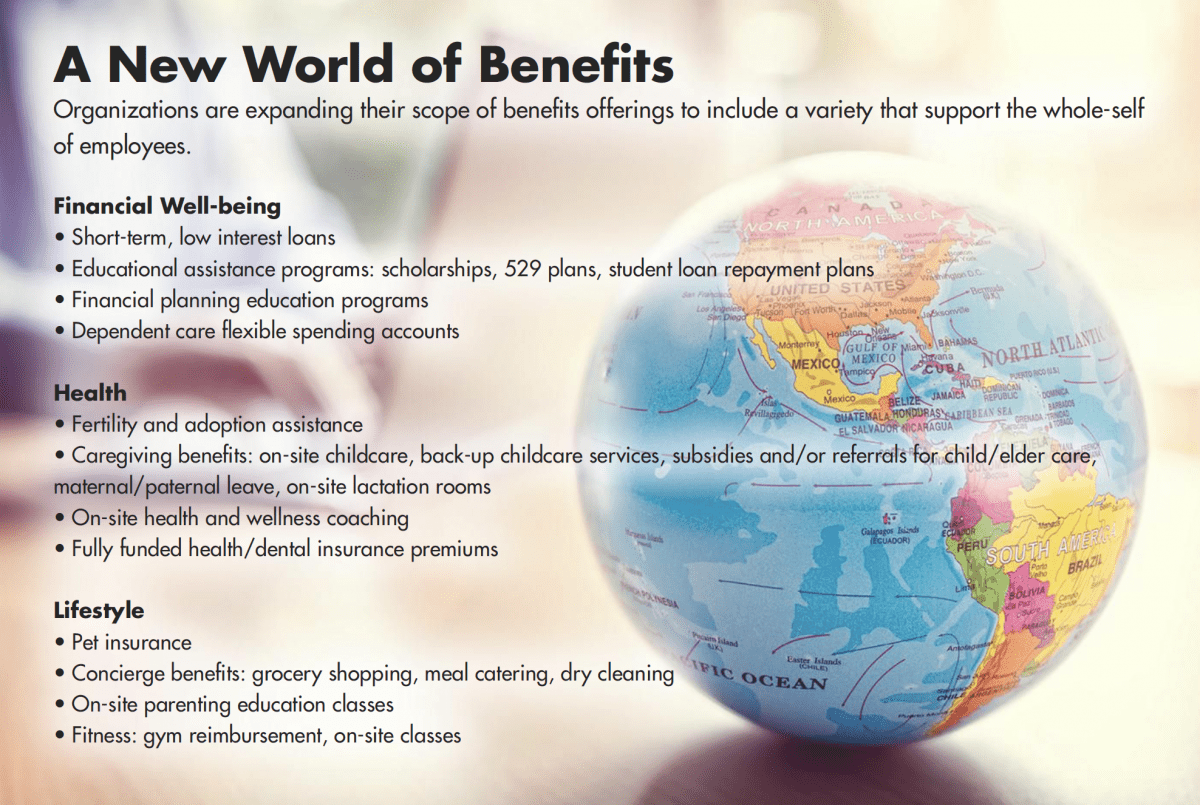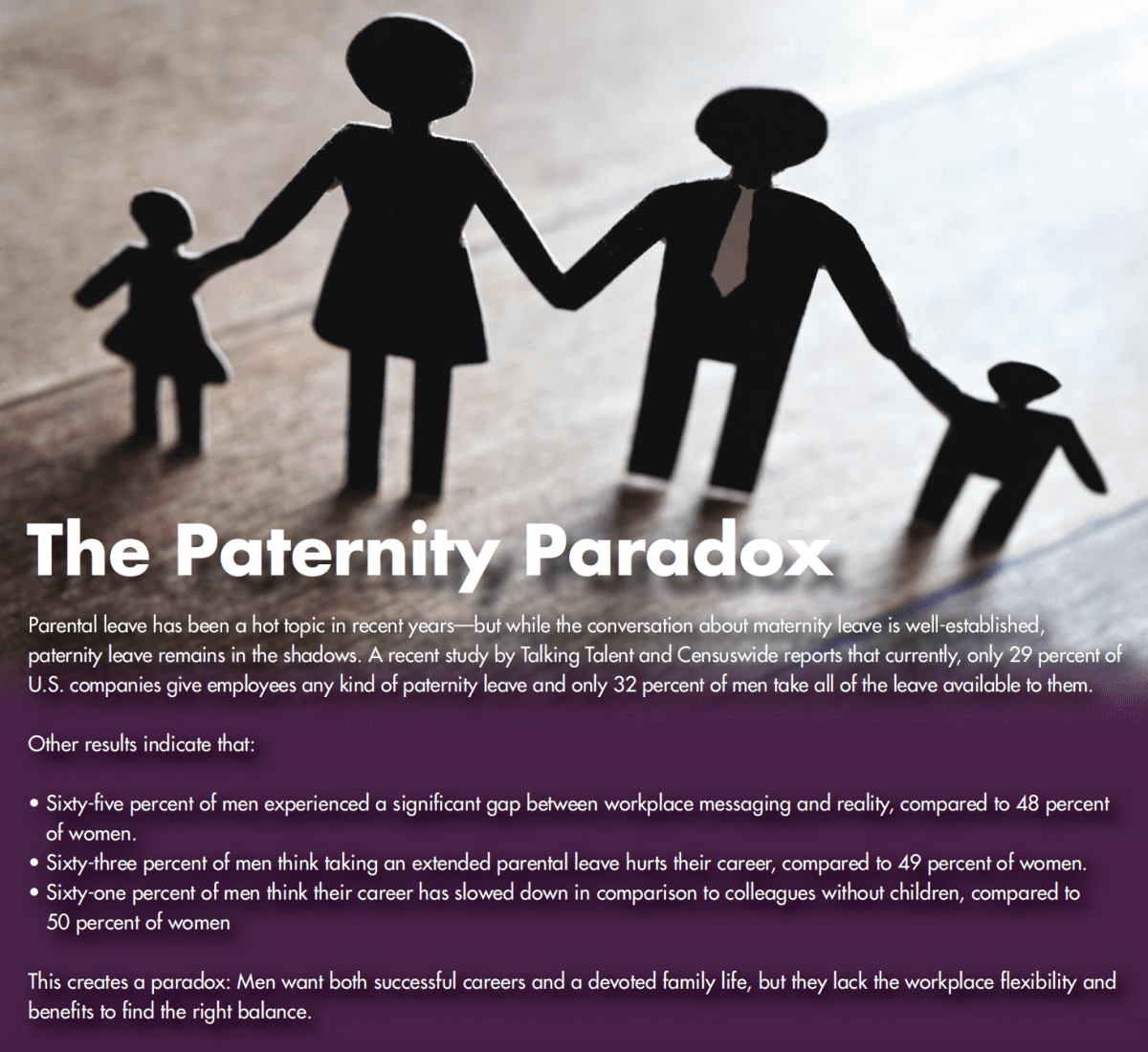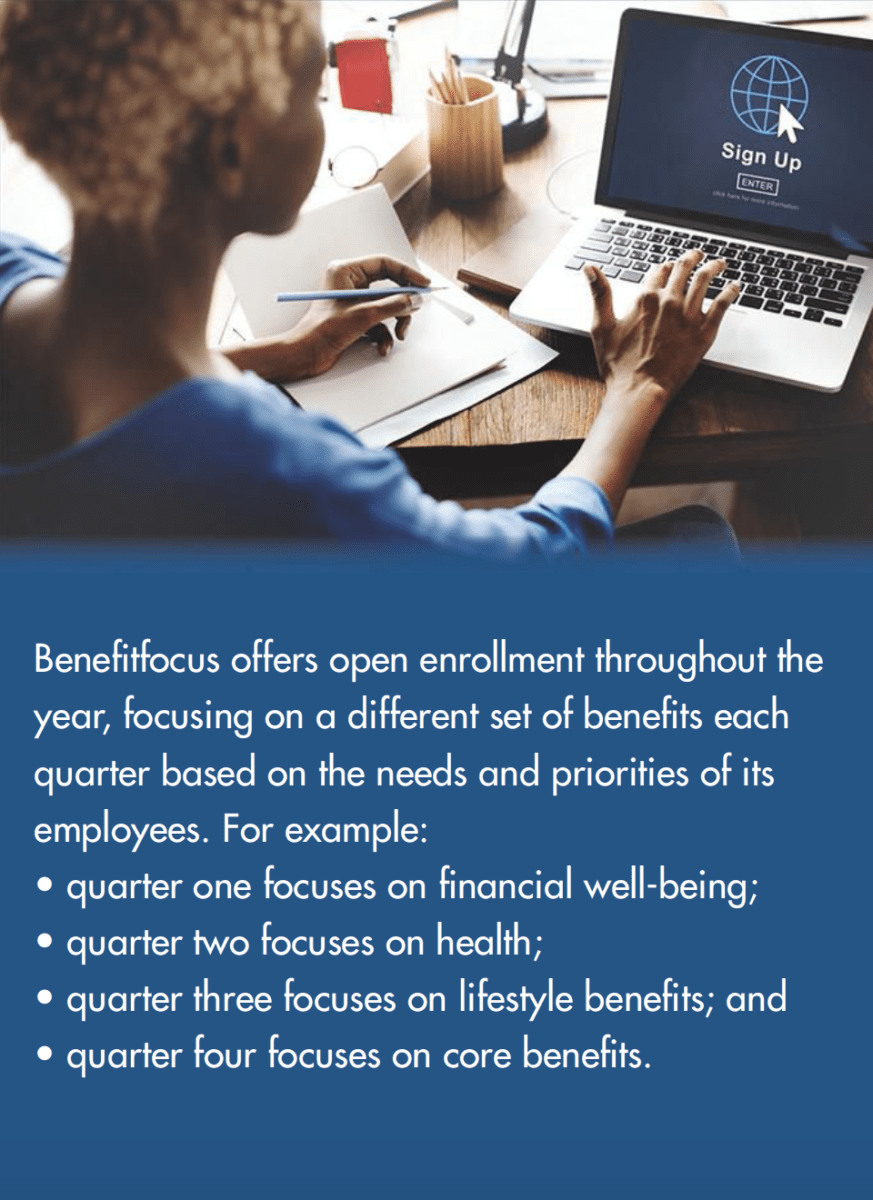Organizations are starting to offer packages that support the complex lives of employees.
By Marta Chmielowicz
Today’s employees do not leave their lives at the door –they bring their whole selves to work. And increasingly, they expect their employers to offer a diverse range of benefits that support them physically, emotionally, socially, and financially. From offering extended paid paternity leave to helping employees financially plan for their children’s college educations, organizations are beginning to embrace new and innovative family-friendly benefits.
“Family-friendly policies help create a culture of support for the employee,” says Anna Spriggs, chief of HR and administration at Truth Initiative, a non-profit public health organization that has made employee health and well-being a core tenet of its culture. “They also just make life a little easier. Caring for children, helping an aging parent, dealing with medical issues -all these things can be overwhelming and distracting for employees. Employers should not only understand that employees need to manage personal and work life to do their best work, but that they can actively support that balance with workplace policies.”
By building a family-friendly workplace, employers can do more than just lift the burden off their employees: They can improve productivity, employee engagement, loyalty, retention, diversity, and ultimately, business performance.
“Family-friendly benefits are not just a nice thing to do for employees -they can help build a company culture of caring and provide a compelling employee value proposition that attracts prospective employees while building employee loyalty with a satisfied, engaged, and productive workforce,” says Nicole Saunders, director of solutions marketing at SAP Successfactors. “In addition, organizations that offer family-friendly benefits are able to reach a larger pool of potential workers, as these benefits enable more people to enter and remain in the workforce.”
Cargill has seen these results first-hand. According to Corporate Senior Vice President and CHRO LeighAnne Baker, the organization’s benefits strategy has resulted in lower turnover than its competitors, higher employee engagement rates than industry benchmarks, and improved year-over-year diversity and inclusion metrics. “Our people are our competitive advantage and being more flexible and family-friendly is a winning strategy,” she says.
But research shows that employers in the U.S. are still lagging behind in their benefits packages. In fact, out of the world’s richest countries, the U.S. is the only one that offers no statutory paid maternity or paternity leave, and SHRM reports that the majority of companies (67 percent) have not introduced new family-friendly benefits in the past 12 months. This can poorly effect employees; according to Thomsons’ Global Employee Benefits Watch 2017-2018 report, 64 percent of American workers believe that their employer or workplace has a negative impact on their well-being.
A benefits package can be a key differentiator in the war for talent, capable of impressive results if managed well. But to create a successful strategy, Carolyn Romano, vice president of product at Torchlight, says that HR leaders first need to acknowledge that corporate caregiving and well-being initiatives are smart business and then integrate them into their wider business strategy. “Family has to be central to culture creation and maintenance, with the CEO partnering to drive the initiative top down while employee resource groups (ERGs) and other employee communities drive it from the bottom up, defining needs along the way,” she explains.
Choosing the Right Benefits
Developing a benefits package that supports the needs of a multi-generational, increasingly diverse workforce is not easy. “The root of really supporting family-friendly benefits and culture is about finding out what those common stressors are and how we as employers and HR professionals can come to the forefront to support and alleviate that stress,” says Misty Guinn, director of benefits and wellness at Benefitfocus.
Organizations can accomplish this by gathering employee feedback in a number of ways.
- Employee engagement surveys. Guinn says that HR leaders can seek out employee feedback through engagement and wellness surveys. Her company conducts an annual survey that gathers information about employees’ major life changes; their perceptions of their financial, emotional, and lifestyle well-being; and their experience navigating the company’s benefits software. The HR and benefits team then evaluates the feedback to design more strategic communications strategies leading up to open enrollment periods and ensure that benefits are targeted to employees’ needs.
Truth Initiative’s Spriggs agrees that organizations can leverage surveys to avoid a one-size-fits-all approach. “Organizations should first seek employee feedback to identify benefits that are important to them instead of offering what they think other organizations do,” she says. “For example, our tuition assistance program is not a reimbursement model used by many organizations. Rather than reimbursing employees at the end of the semester, Truth Initiative pays the tuition directly to the educational institution. This helps those who can’t afford to pay thousands for tuition and wait months to get reimbursed. It also helps develop a culture of responsibility and trust between the organization and our staff.”
- Employee resource groups. Business resource groups can also help organizations understand their employees’ needs and drive change from the bottom up. This is Ally Financial’s preferred strategy; Kathie Patterson, CHRO of the organization, says the bank introduced eight ERGs in July 2017 that serve as support systems and safe spaces for groups of employees:
-
- Asian/Middle Eastern ALLYs
- Black/African American ALLYs
- Diverse Abilities ALLYs
- Generational ALLYs
- Hispanic ALLYs
- Pride ALLYs
- Veteran ALLYs
- Women ALLYs
-
“The ERGs are open enrollment, so allies are welcome to join as well,” she explains. “These groups have inspired our employees to become more open, share their experiences and perspectives, and learn from each other.” According to Baker, Cargill also leverages a similar approach with significant results. She says that recently, the company’s “Working Mothers’ Network” proposed a new benefit for working mothers who travel on business. Thanks to their advocacy, the organization adopted a program that allows nursing mothers to ship pumped breast milk home when traveling for business.
- Historical enrollment data. While employee feedback is a valuable asset, it is not a sufficient basis to determine which benefits to invest in. Saunders of SAP SuccessFactors also recommends that organizations take a look at past enrollment data.
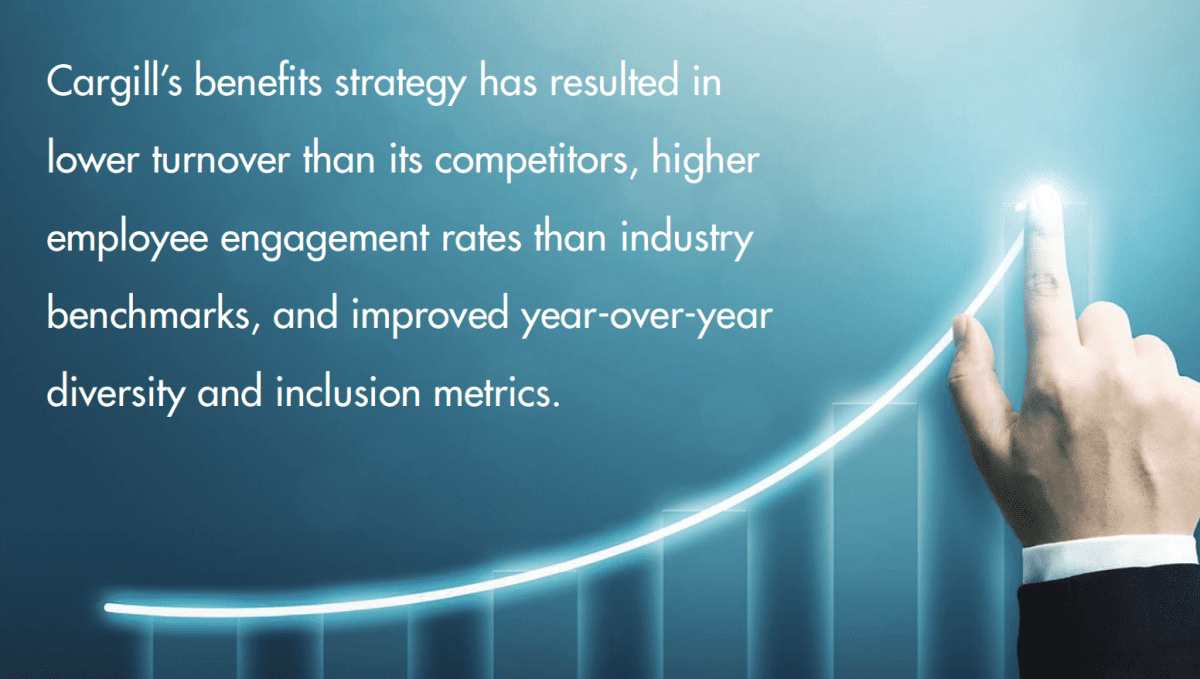
- Benchmark. Finally, organizations can gain valuable insights by turning outwards and examining benchmarking data. Baker says that Cargill’s benefits team constantly monitors the external marketplace to understand emerging best practices, allowing the company to remain competitive.
Culture is Critical
Evaluating these various sources of information can help organizations develop a nuanced vision of their employees’ stressors and priorities that can be used to inform the benefits strategy. But in order to truly gain an honest perspective, HR leaders should work to create a culture and workplace environment that employees perceive as tolerant of work-life balance and family demands. “Only then will employees feel comfortable voicing their struggles and concerns to their employer so that a personalized plan can be developed that addresses the employee’s unique situation,” says Saunders.
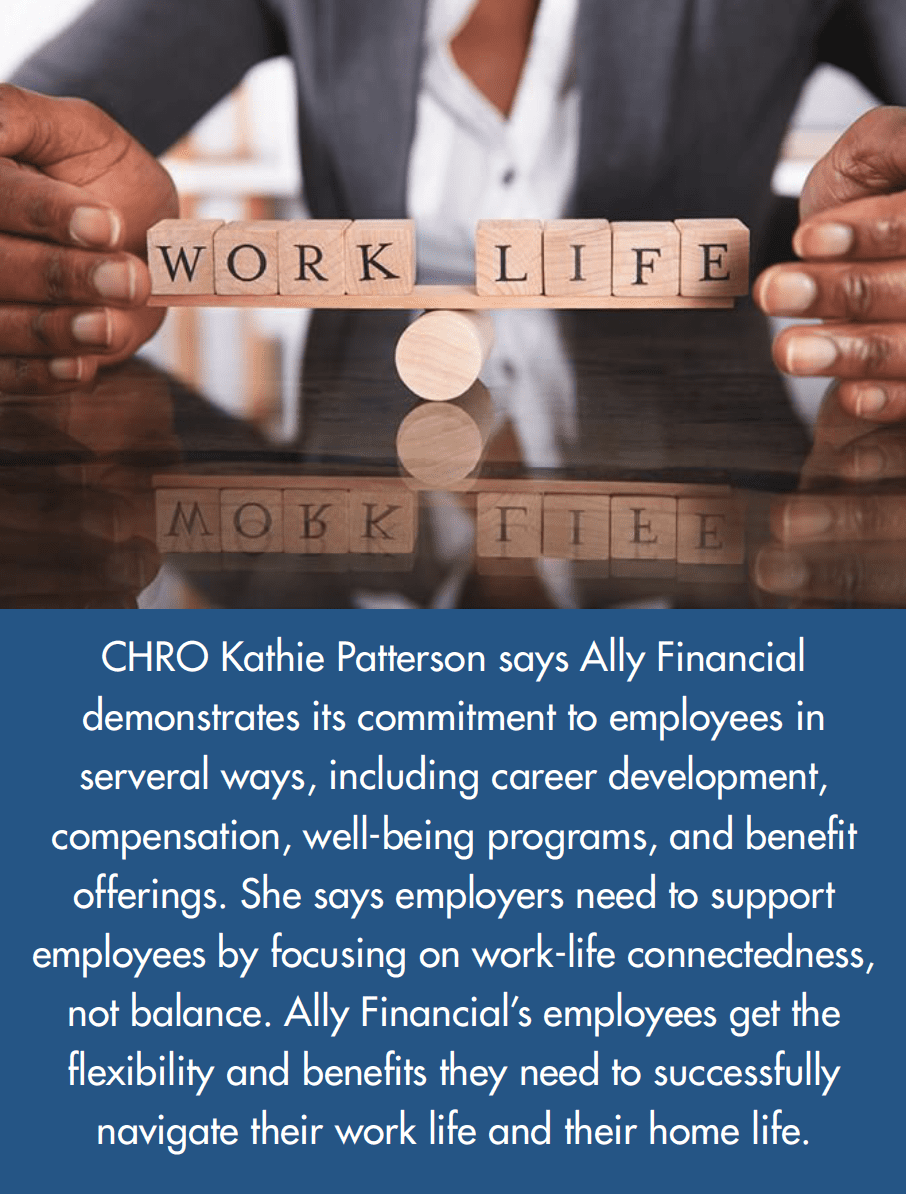
One inexpensive way organizations can create a culture that supports families is by offering flexible work arrangements. For example, Cargill offers benefits like compressed work weeks, flex time, job sharing, telecommuting, increased paid time off, and altered stop and start times. While offering more paid time off comes at a cost, Baker says that organizations should look at the big picture when building the business case. Ultimately, the increased flexibility lowers turnover and increases productivity, offsetting the initial financial burden.
“In addition, something as simple as the ability to bring your child to work in the event that childcare plans fall through at the last minute provides a huge relief to an employee who is struggling to balance work obligations with family commitments,” says Saunders. “Even the ability to bring your pet to work alleviates the stress and financial burden of having to pay for a pet sitter or dog walker while at work. Hosting company events and activities is also a great way for organizations to show support for their employees.”
She suggests that HR leaders introduce “take your child to work days,” family company picnics, and paid volunteer time off that gives employees the opportunity to support causes that are important to their families.
Communicating Benefit Plans
While organizations may have extensive benefits packages, they can be left by the wayside if HR leaders do not make an effort to educate their workforce about the possibilities.
Torchlight’s Romano recommends that organizations adopt a five-pronged communication approach:
1. Offer consistency. An annual approach to communications and gathering feedback isn’t enough, especially given the episodic nature of caregiving.
2. Communicate creativity. HR leaders need to cut through the noise and share information efficiently.
3. Prioritize clarity. Communications should avoid technical jargon.
4. Command the full audience. Extend communications to other family members.
5. Act collectively. Leverage the membership and momentum of other resources, like ERGs, to spread the word.
“Constantly promoting benefits and being creative with how you communicate those benefits can help people feel more comfortable participating in the programs,” says Guinn of Benefitfocus. “Associate testimonials are one thing we do. Some of our associates share their stories in two-minute clips that are embedded directly into our benefits platform and shared through resource pages and internal social media channels.”
By putting a face to a success story, these testimonials normalize the struggles of working families and make them seem less taboo in the workplace. They also give benefits programs credibility and create internal wellness ambassadors who can educate their peers about their experiences.
Another way that Guinn promotes her organization’s benefits packages is by extending the enrollment period from the typical two-week time span to 52 weeks. “Life doesn’t happen in a two-week time period when you’re supposed to be looking at benefits,” she says. “We are intentionally shifting to offer the ability to enroll in certain benefits throughout the year.”
Benefitfocus has identified moments that matter throughout the year, focusing on a different set of benefits each quarter based on the needs and priorities of its employees. For example:
- quarter one focuses on financial well-being;
- quarter two focuses on health;
- quarter three focuses on lifestyle benefits; and
- quarter four focuses on core benefits.
Guinn says that targeting a different set of benefits throughout the year allows the company to avoid “paralysis by analysis” and deliver a better employee experience.


